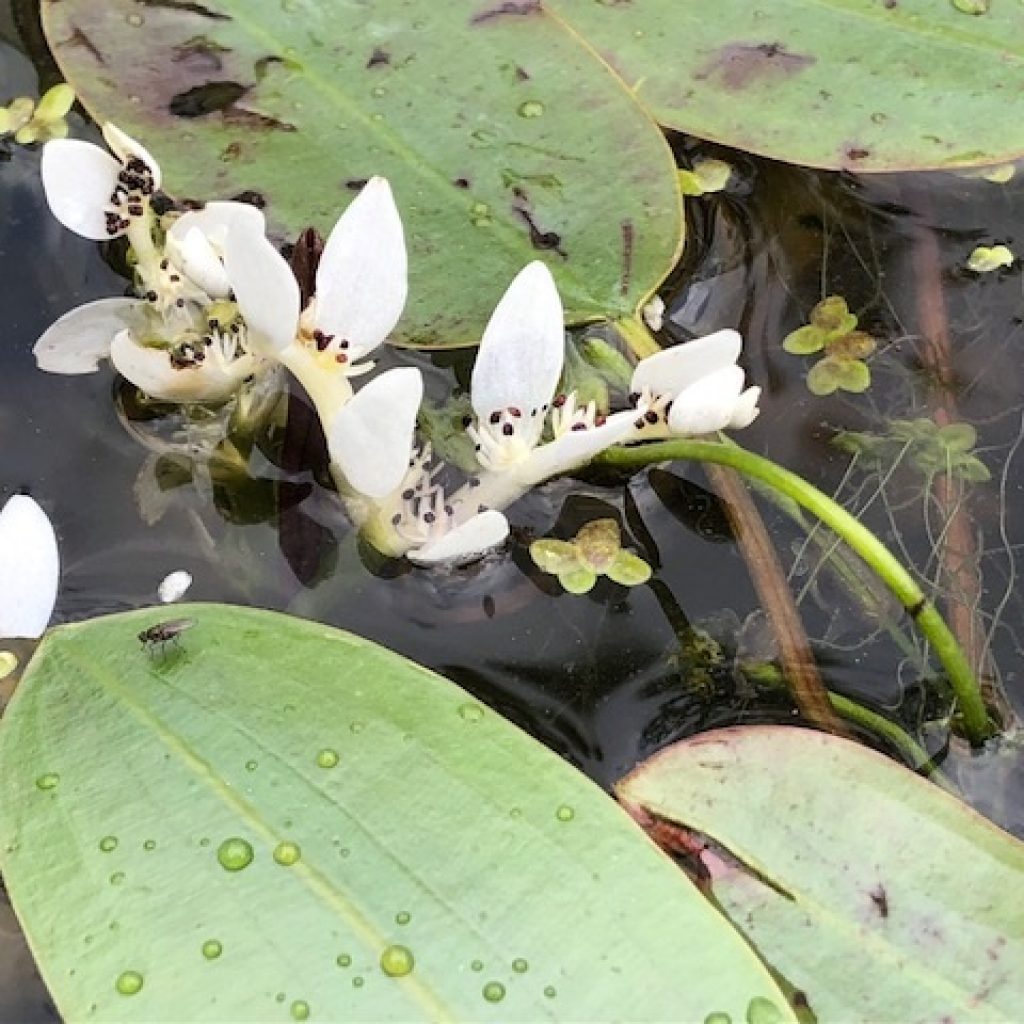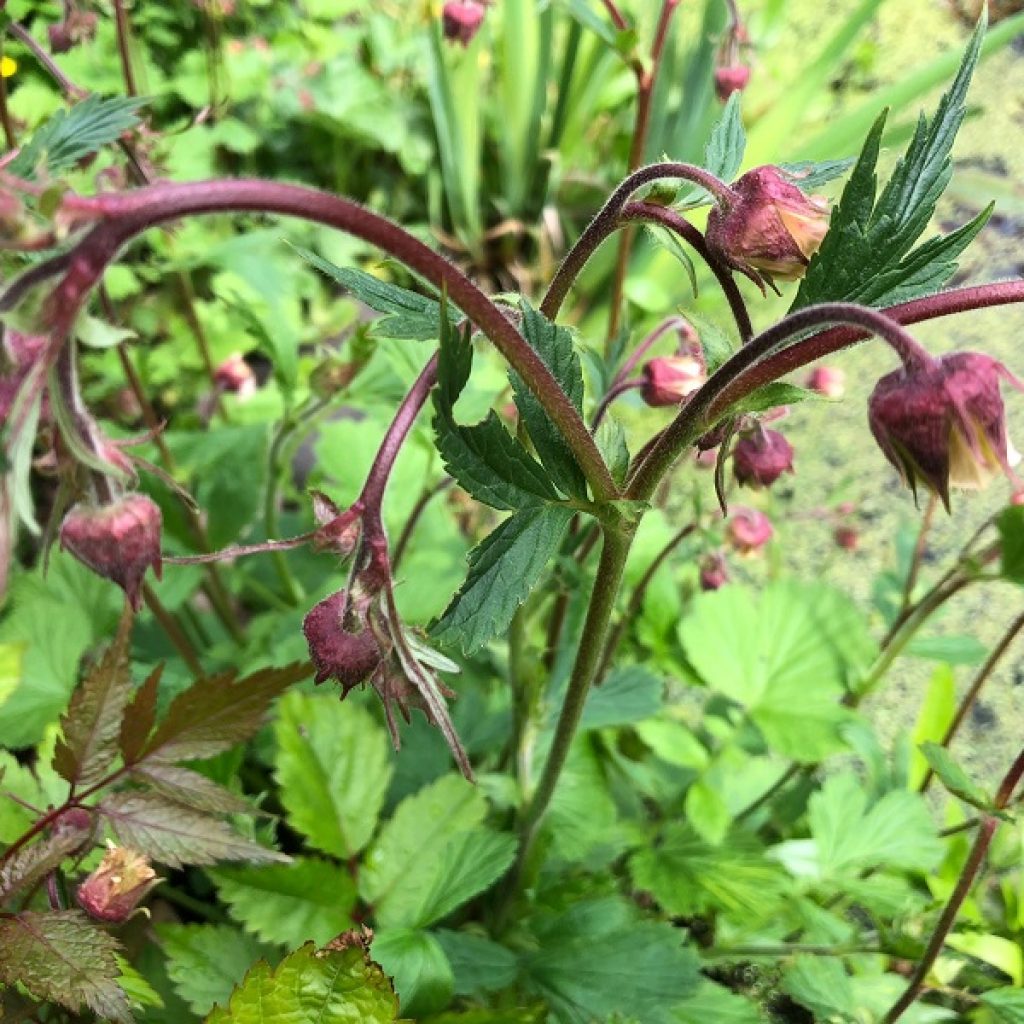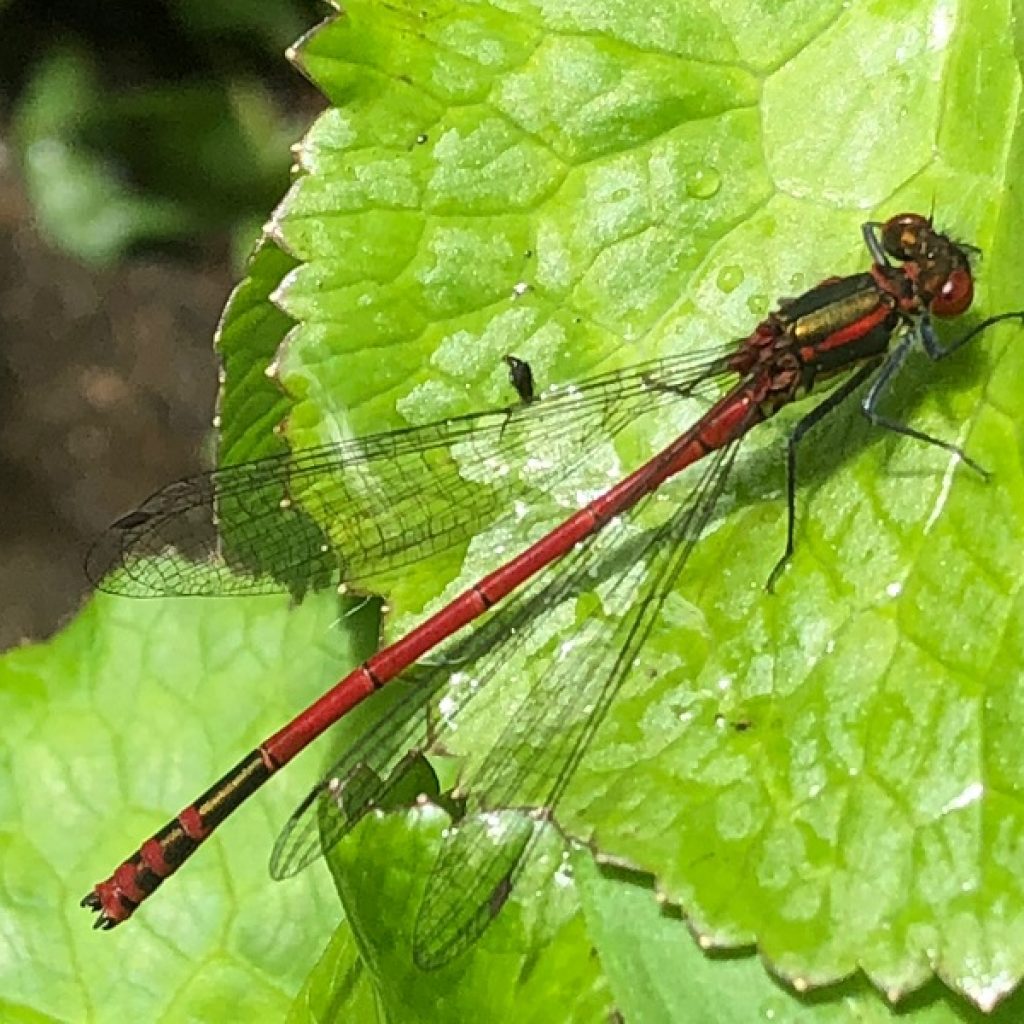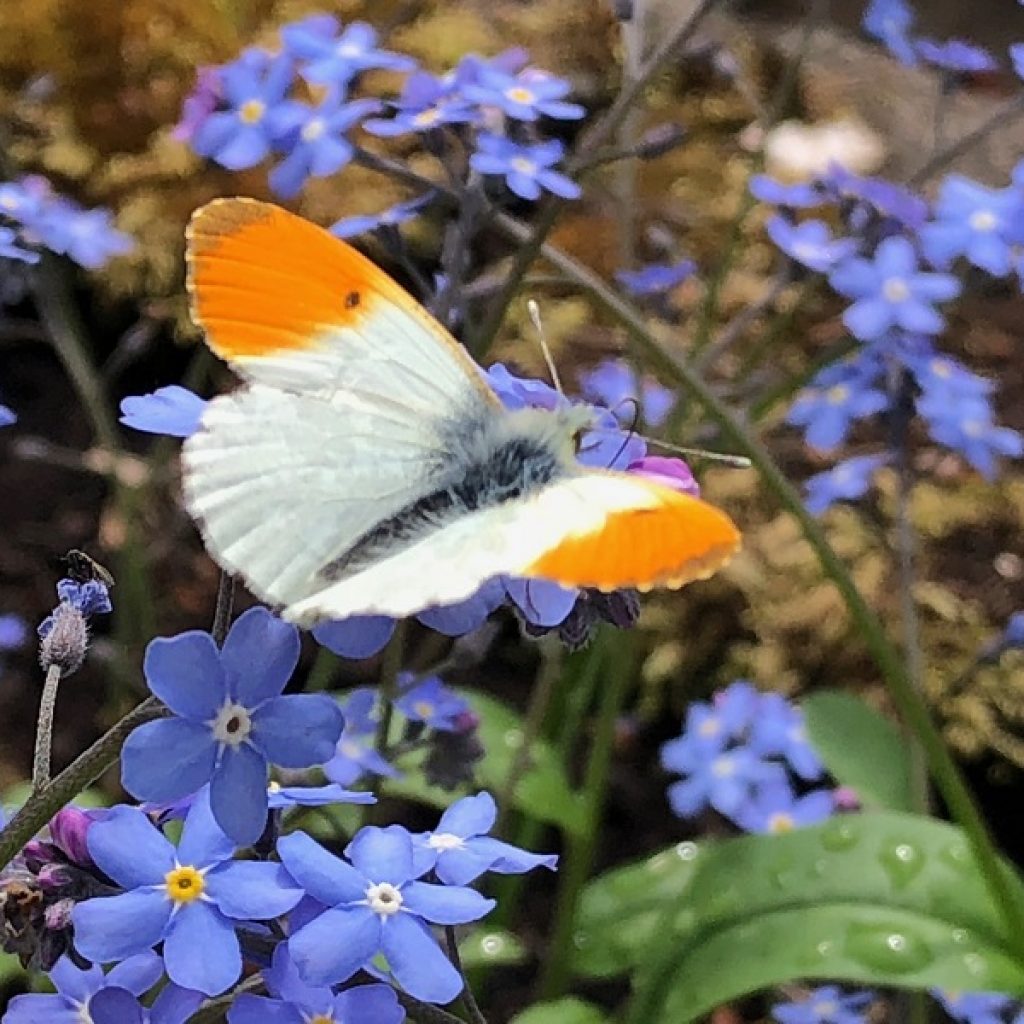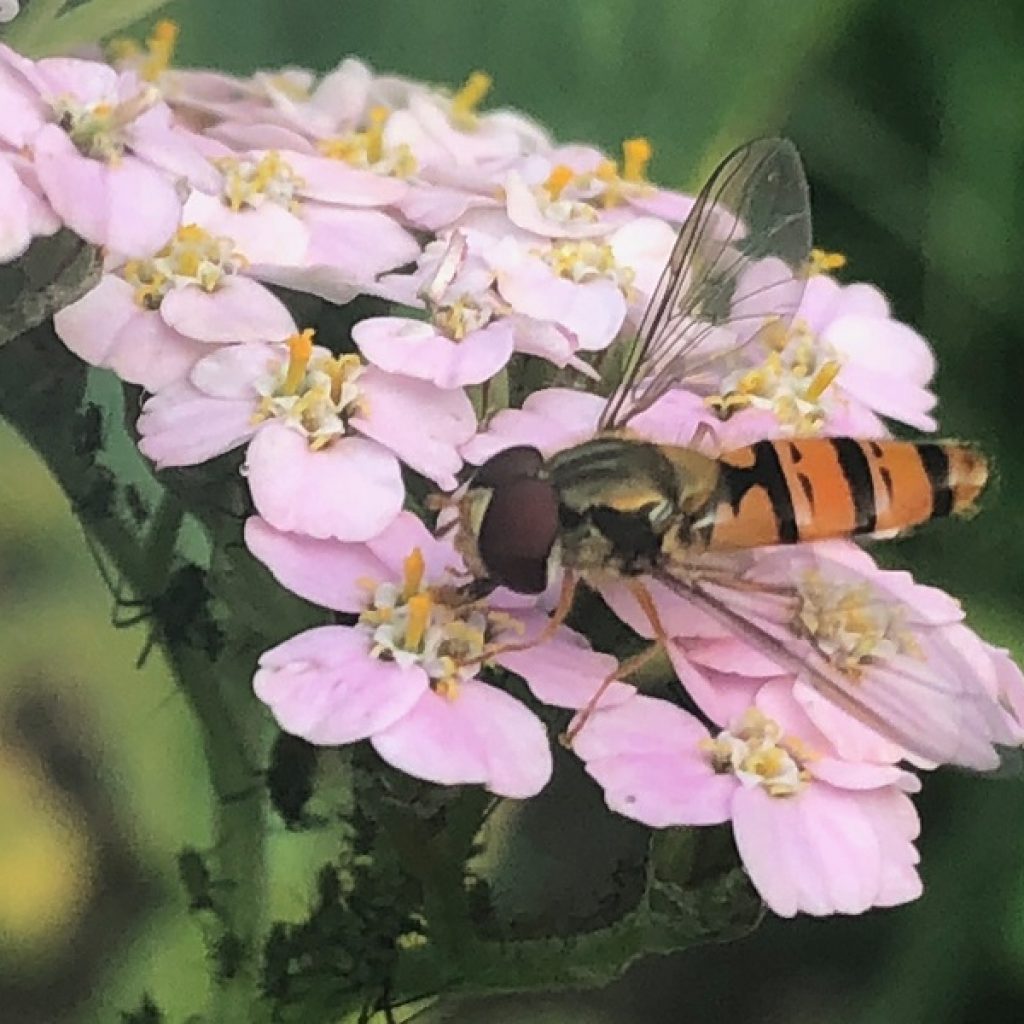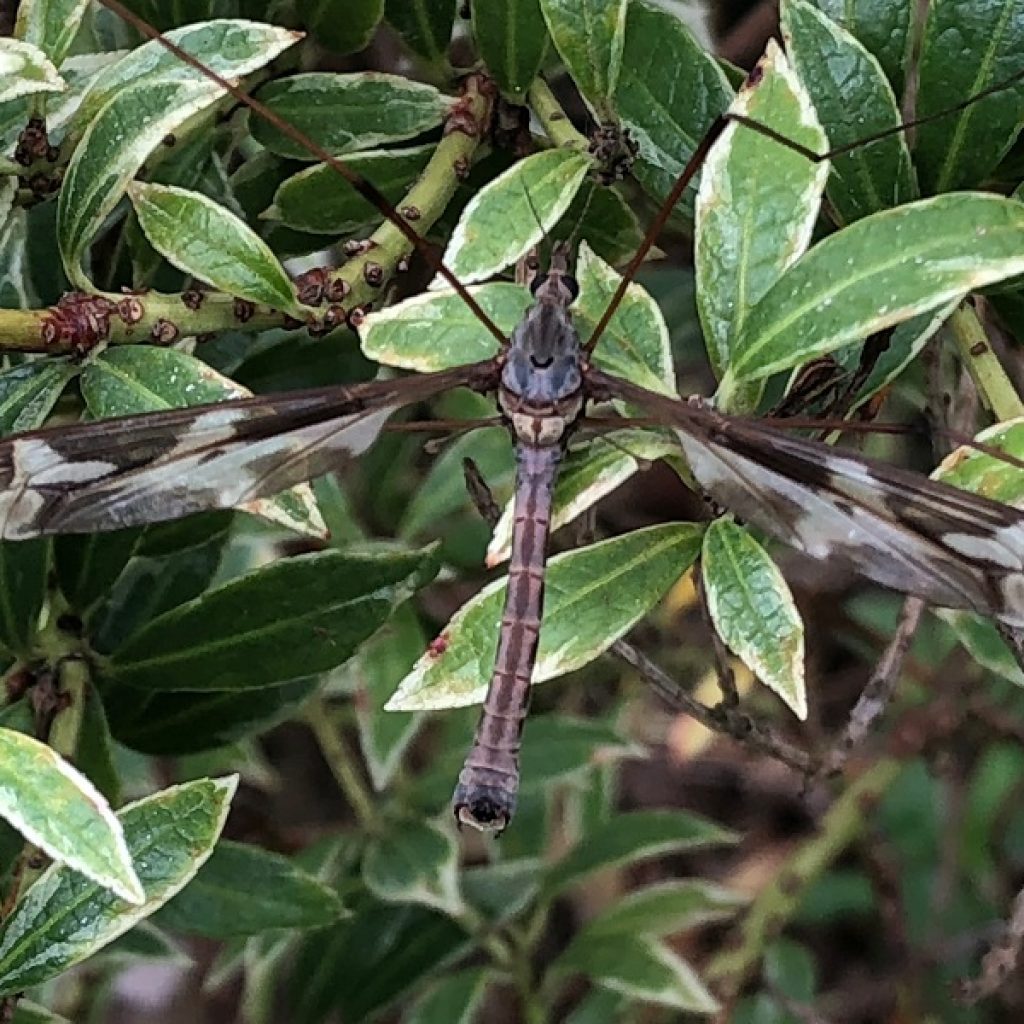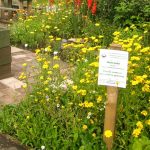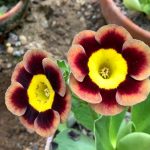The GLiN Award – Growing in a new garden
I’ve finally moved house, unpacked the boxes and beginning to settle in. Getting to know the garden each day has been a joy, a welcome distraction from the chaos of sorting and organising a home again. In particular my wildlife ponds continue to fascinate me, calming on days when I need to slow down and take in my new surroundings a little bit more. It’s been exciting to watch plants emerging in and around the pond. Highlights include Water Hawthorn (Aponogeton distachyos) and graceful marginals such as Water Avens (Geum rivale). Self-seeders have also unexpectedly arrived in the form of Viper’s Bugloss (Echium vulgare). Given that they have gone to the bother of setting seed around the pond, I am going to let nature take its course and let them stay. Anyway, they are fabulous plants for pollinators, the bees in particular are benefitting from them being there, so that’s all fine by me.
- Water Hawthorn
- Water Avens
I’ve also managed to find a dragonfly perch, a weathered and gnarled piece of driftwood washed up on the shores of the Firth of Clyde.
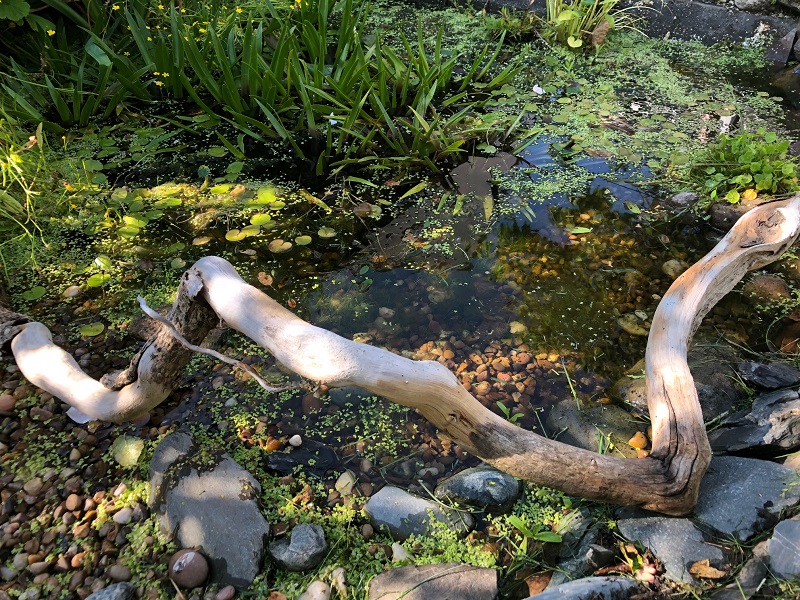
Dragonfly perch
General pond maintenance has been fairly straightforward, mainly keeping the Duckweed (Lemnoideae) under control. It’s such a pretty wee plant, but does need to be managed to prevent it from blocking light and using up vital oxygen to the pond and all its life. I’ve also been rethinking some of the overall planting, but with so much in flower, or about to flower, I’m reluctant to be too heavy handed here, and so they can stay for a little while yet before being gifted to friends. I’ve also planted up a little herb border and cultivating a few vegetables, including some interesting heritage varieties such a Speckled Trout, Bronze Beauty lettuces and the purple pods of Blauwschokker peas.
But without a doubt, my main focus has been recording and identifying more wildlife in the garden, insects in particular. Pollinating insects like hoverflies, are voracious predators of aphids and other garden pests, good news if like me you’re keen to garden without using chemicals.
- Dragonfly
- Orangetip Butterfly
Without the pond as a habitat, dragonflies and my star find, the largest British cranefly (Tipula maxima) would not be calling my garden home. As with several other craneflies and dragonflies, Tipula maxima’s development cycle includes an aquatic phase. The female lays her eggs in the damp mossy fringes of ponds. On hatching, the larvae take to an aquatic existence just below the water surface before continuing their development in submerged leaf litter…fascinating facts, I’ve only just discovered since having a pond.
- Marmalade Hoverfly (Episyrphus balteatus)
- Cranefly (Tipula maxima)
I’ve been busy recording and sharing my finds on the IRecord wildlife app, a useful way of helping science and conservation understand what’s happening both locally and nationally.
The more I garden, the more I realise the importance of taking the time to look and discover life in the garden. By simply being in the garden you will soon be amazed at the diversity of insects you can easily find, often when you least expect it. You see, its not about specifically searching for nature, it’s there all the time – around us, beneath us, and above us. Our biggest challenge is just taking the time to slow down, observe and take notice of nature and perhaps that’s the skill we all need to develop a little more.
Tasks for August
- Lift and divide perennials.
- Implement new planting plans.
- Mulching
- Photograph and identify more wildlife in the garden.
Jean Gavin
The Caley’s Grow & Learn Development Officer
Interested in working towards a GLiN award then contact: caleygrowandlearn@gmail.com
All images by Jean Gavin


